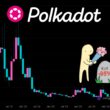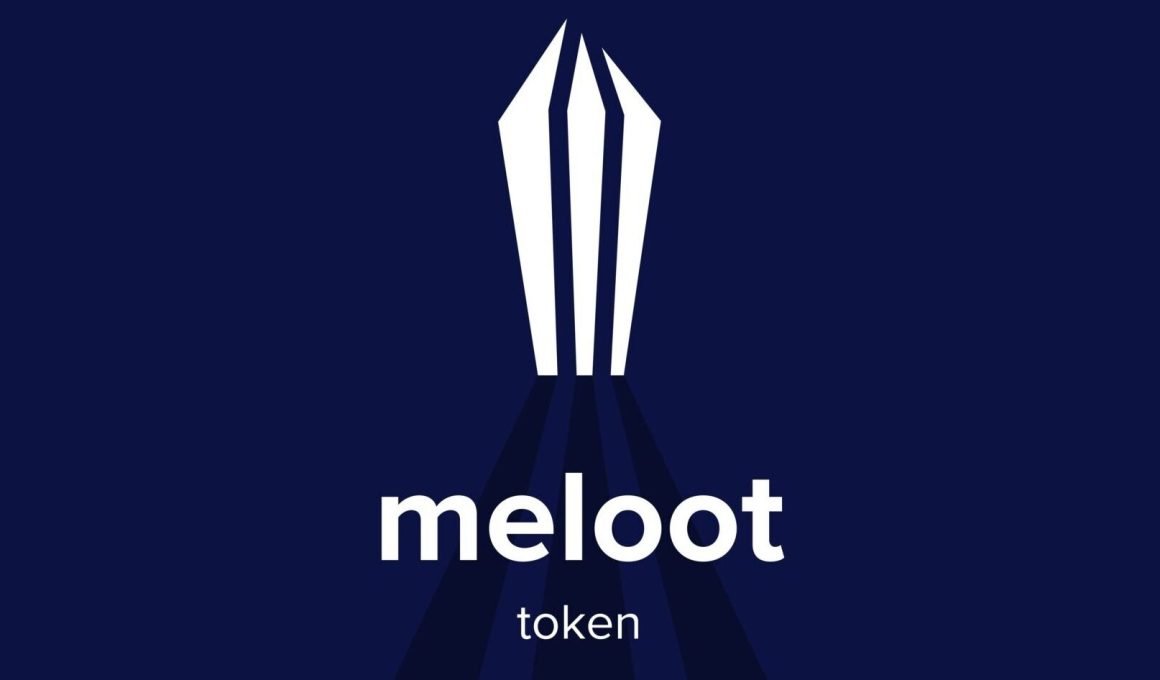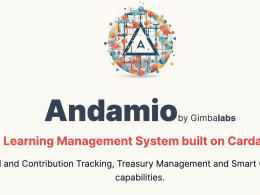Meloot is a live video trading platform that integrates a digital payment system on Cardano blockchain.
The meloot desktop app is officially available from March 2022, in meloot.com.
Tokens can be earned by selling products or through affiliate marketing products, both on-site and off-site.
According to its developers, the product can be thought of as a combination of Tiktok and Amazon, combining Tiktok’s user interface with Amazon’s e-commerce capabilities, which connects people with products they like through videos and live streams. Products offered in video format allow consumers to better understand the offerings and their use cases, encouraging online shopping.
The platform is made up of two marketplaces: the Merchant marketplace and the Creator marketplace.
The Merchant marketplace will allow you to put products on the site and sell them by video, increasing revenue and reducing costs for online purchases.
The Creator marketplace will allow any user to become a seller. Creators will receive rewards for each product they sell through videos with Meloot tokens (LADA), with a certain percentage of total sales made through their content. The percentage received to measure the success rate of both the video and the influencer will be measured by the number of views, engagement rate, growth rate, merchant deficiency, product deficiency, view length and conversion rate.
The live and video trading target market has only been around for 5 years, becoming a staggering $350 billion industry, according to data the team handles. E-commerce is expected to grow at a CAGR of 14.7% from 2020 to 2027 and the live commerce market is expected to grow at a rate of 300%.
The platform also sells ads, and in 2019 the worldwide online advertising market was valued at US$305 billion, and is projected to grow at a CAGR of 14.3% from 2021 to 2026.
The team plans to be the market leader in live online shopping in the Western Hemisphere.
Each product video will appear on the Merchant’s profile page as well as the Merchant marketplace page. This is extremely important because users who choose to create videos to sell the merchant’s products must choose a product available on the Merchant marketplace.
Merchants can list their products in two ways on their profile page and in the Merchant marketplace.
Creators can choose to create their original video, to sell a product available on the Merchant marketplace, and post it on their profile page and the Creator marketplace. Other users can watch that video, and buy the product directly from it. For every sale made this way, both the Creator and the Merchant get their share.
Influencers always earn a fixed percentage of the initial 3% of their total sales in a given period of time, which can increase to a total of 9% by taking into account the Content success rate which is variable.
The Content success rate is calculated based on the following variables:
V = Number of views; E = Engagement rate; G = Growth rate; M = Merchant deficiency; P = Product deficiency; L = View Length; C = Conversion rate

Number of views: It is a metric designed to count the number of views, and the more views a video has, the higher the reward the influencer will receive.
Engagement rate: measures the relationship between influencers and their followers, and the better the relationship between them, the higher the engagement rate, and the higher the reward.
Growth rate: Measures the increase in followers in a given period of time, to increase the reward. In contrast to other variables, this variable is formatted as a monthly fee rather than per video.
Merchant deficiency: Certain topics or products will generate large amounts of traffic and become widely popular, and because of this, there will be several merchants who will achieve high sales numbers, while some merchants will have a hard time advancing their sales. Sometimes this is due to the low quality of their merchandise and other times because their prices are too high. Influencers who choose to create videos for merchants, who are not as popular and do not have as many videos, will receive a percentage of sales reward based on how many videos that merchant has compared to others and the fewer videos a merchant has, the higher the reward that the influencer will receive.
Product deficiency: It is a metric similar to the previous one, but focused on the product, and influencers who create content for products that are not popular will be rewarded, and the fewer videos the product has, the better the reward the influencer receives.
View Length: is a metric that evaluates the quality of the video. The better the video, the longer it will be viewed, and the more sales percentage points will be received. For example, a video that has a view length rate of 20% will receive significantly fewer sales percentage points than a video that has a view length rate of 80%.
Conversion rate: is an influencer metric. Influencers who have a loyal following will organically have a better conversion rate, and the higher the conversion rate, the more sales percentage points the influencer will receive as a reward.
Writer’s note: I have not found in the whitepaper an option in the development, through which the Merchant can refuse to allow a certain Creator to promote his product. I think it’s important, as bad publicity is detrimental to the product, and a product’s brand identity and value are key in an e-commerce platform.
The Roadmap

The last publication says that “The meloot team has been busy in the last few months trying to get LADA listed on Centralized exchanges, we have secured a Tier 1 Market maker and are looking to list on one of the top 20 exchanges by the end of Q2 2023. We are also in talks with launchpads for a possible token sale before the CEX listing.”
You can see the history of your updates here.
The Tokenomics
The main utility of the meloot [LADA] token is the ability to purchase products on the Meloot site, without an external payment gateway or credit card fees.
Tokens can be bought, or earned through creating affiliate videos or selling products.
1,000,000,000 LADA tokens have been issued, and at the time of writing there are 48 accounts that hold the total number of LADA tokens:
- Project: 397.000.000 (39,7%)
- Liquidity: 67.000.000 (6,7%)
- Private Sale: 80.000.000 (8,0%)
- Presale 1: 48,000,000 (4.8%)
- Presale 2: 88,000,000 (8.8%)
- Crowdsale: 139,000,000 (13.9%)
- IEO: 8.000.000 (0.8%)
- Team and advisory: 173.000.000 (17,3%)

Writer’s note: Pre-sale 1 should read 4.8% on the chart
The LADA token will grant holders governance rights over the protocol when governance over the protocol is transferred to the community.
Token holders will need 5% of the total supply of meloot tokens to submit a government proposal. 10% of the total token supply will be needed to pass a proposal and reach a quorum.
The team
Ivan Milutinovic Co-founder and CEO of meloot graduated from the Finance program and has a Master’s degree in Economics and Business from the Faculty of Economics and Business in Zagreb.
Jurica Papak Chief Technical Officer, has a Master of Engineering from the Faculty of Electrical Engineering and Computing, University of Zagreb.
https://token.meloot.com/about-us/
Website: https://token.meloot.com/










